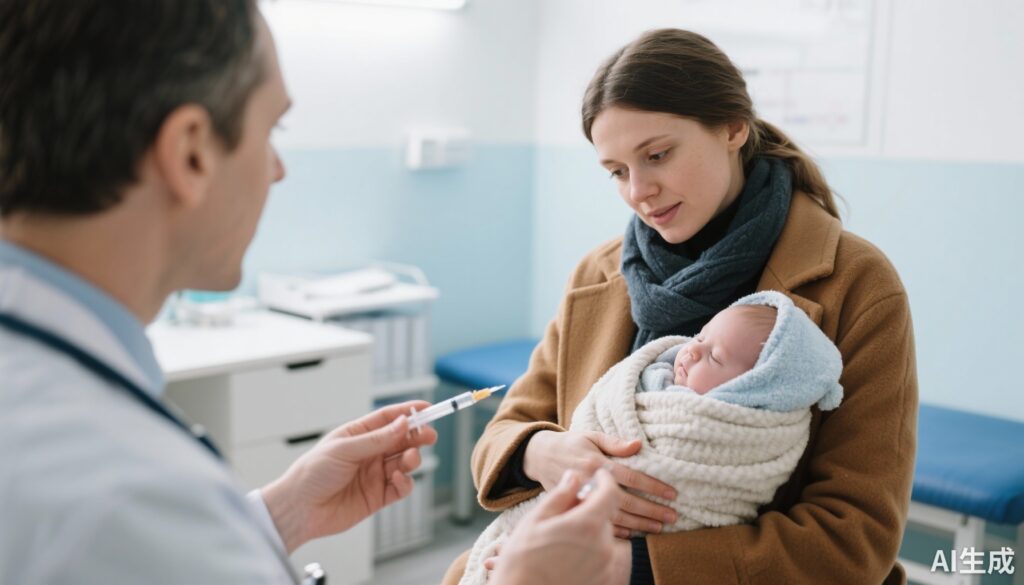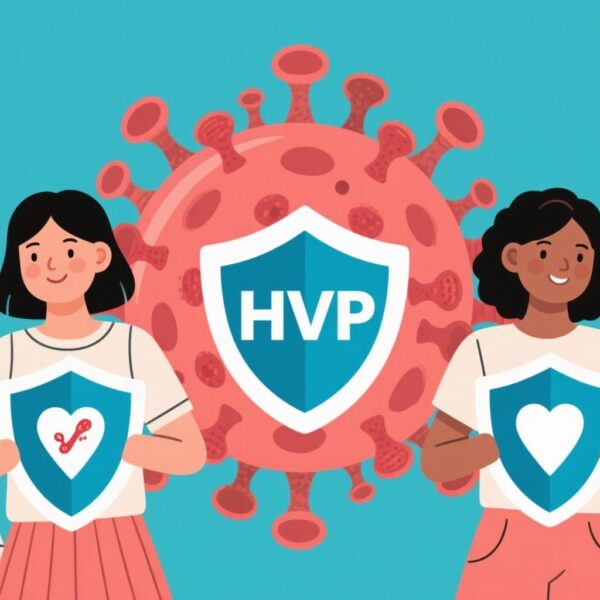Introduction: The Hidden Threat of RSV
Respiratory Syncytial Virus (RSV) is a common but potentially serious viral infection that primarily targets the lungs and respiratory tract. Although RSV can infect individuals year-round, it spikes during the colder months, typically in fall and winter. While adults often experience mild cold-like symptoms, RSV poses a significant threat to infants, young children, older adults, and those with certain health conditions. Each year, millions of children worldwide are hospitalized due to RSV, and nearly half of these hospitalizations and related deaths occur in infants younger than six months. Recognizing the burden of RSV, 2023 marked a milestone with the introduction of immunization options to protect vulnerable populations, particularly infants, significantly decreasing severe illness and fatalities.
What is RSV and Why Is It Dangerous?
RSV is a highly contagious virus that infects the cells of the small airways in the lungs, causing inflammation and excessive mucus production. This can lead to bronchiolitis (inflammation of the small airways) and pneumonia (lung infection), particularly in infants and young children. For premature babies, those with chronic lung or heart conditions, or children with weakened immune systems, RSV can escalate to severe respiratory distress, requiring hospitalization and intensive medical support.
Understanding RSV’s mechanism helps explain why symptoms often resemble the common cold yet can progress rapidly. The virus spreads through respiratory droplets when an infected person coughs or sneezes, or by touching contaminated surfaces then touching the face.
Scientific and Clinical Evidence: New Frontiers in RSV Immunization
Traditionally, RSV management focused on supportive care—oxygen, hydration, and sometimes mechanical ventilation—due to the lack of effective immunization. Since 2023, there are now two main immunization strategies targeting susceptible infants:
1. **Maternal RSV Vaccine During Pregnancy:** Administered in the last two months of pregnancy (typically September through January), the vaccine stimulates the mother’s immune system to produce RSV antibodies. These antibodies cross the placenta, providing passive immunity to the newborn for approximately six months after birth. This approach is especially valuable because the youngest infants who are most vulnerable can be protected right from birth.
2. **Direct Infant Immunization:** Infants under 8 months old who did not receive maternal antibodies (if mothers were not vaccinated or if the infant was born shortly after vaccination) can receive a specific RSV vaccine after birth. This offers protection for about five months, covering the critical first winter season.
In addition to infants, certain high-risk groups are recommended for RSV vaccination, including:
– Children aged 8 to 19 months entering their second RSV season who have immunodeficiency, chronic lung diseases of prematurity, cystic fibrosis, or belong to American Indian or Alaska Native populations.
– Older adults: those aged 75 years and above, nursing home residents, and adults 50–74 years with chronic heart, lung, liver, kidney, blood disorders, or weakened immune systems.
These vaccines have undergone rigorous clinical trials demonstrating strong safety profiles and efficacy at reducing severe respiratory symptoms and hospitalization rates.
Recognizing RSV Symptoms: When to Seek Medical Attention
RSV symptoms appear similar to mild respiratory infections but can rapidly worsen. Common early signs in children include nasal congestion or runny nose, rapid or noisy breathing, cough, and difficulty feeding due to breathlessness or fatigue. A hallmark of severe RSV infection involves using accessory muscles during breathing — for instance, the muscles above and below the rib cage or between the ribs visibly contracting with each breath.
Severe RSV may require hospital care for supplemental oxygen, intravenous fluids, or mechanical ventilation in intensive care units. Parents and caregivers should be vigilant about observing signs such as persistent high fever, lethargy, bluish coloration of the lips or face, and dehydration.
Preventing RSV: Beyond Immunization
While immunization is the most effective preventive tool, public health measures remain essential:
– **Hand Hygiene:** Regular and thorough washing of hands with soap and water or alcohol-based hand sanitizers reduces viral transmission.
– **Respiratory Etiquette:** Covering coughs and sneezes with tissues or the elbow helps prevent spreading droplets.
– **Environmental Cleaning:** Frequently touched surfaces such as toys, doorknobs, and counters should be cleaned regularly.
– **Ventilation:** Gathering in well-ventilated areas or outdoors reduces airborne virus concentration.
– **Limiting Contact:** Sick individuals should minimize close physical contact with vulnerable persons.
Case Study: Protecting Baby Emily During RSV Season
Emily, a healthy baby girl born in November, was at high risk as she entered her first winter. Her mother, Sarah, received the RSV vaccine during the last trimester in October, which passed protective antibodies to Emily. Thanks to timely immunization, Emily experienced only mild cold symptoms despite her daycare exposure to RSV.
Sarah’s decision was informed by her pediatrician explaining the risks of RSV hospitalization in infants and the safety record of maternal vaccination. This case underscores how modern immunization strategies empower parents to protect their infants during the critical first months of life.
Expert Recommendations and Public Health Impact
Dr. Lisa Thompson, a pediatric infectious disease expert, emphasizes, “RSV immunization represents a new era of preventive pediatric care. Pregnant women should discuss vaccination with their healthcare providers to safeguard their newborns, and clinicians should advocate for vaccination in all eligible groups.”
Public health authorities endorse widespread RSV immunization and complementary hygiene practices to curb the virus’s impact, reducing healthcare burdens and preventing severe outcomes.
Conclusion: Moving Forward with RSV Prevention
RSV remains a significant global health challenge, particularly for infants and vulnerable adults. Immunization has now transformed how we protect these populations from serious respiratory disease. Through maternal vaccination and direct infant immunization protocols, paired with established infection control measures, the burden of RSV hospitalizations and deaths can be drastically reduced.
As research continues, expanded vaccine availability and educational efforts are vital to maximize community protection. For parents and healthcare providers alike, understanding RSV’s risks, recognizing symptoms early, and embracing immunization are key steps to safeguarding health in vulnerable populations.
References
Mukondiwa A, Brown CL, Thompson LA. What RSV Is and Why Immunization Matters. JAMA Pediatr. 2025 Sep 29. doi: 10.1001/jamapediatrics.2025.3096.



